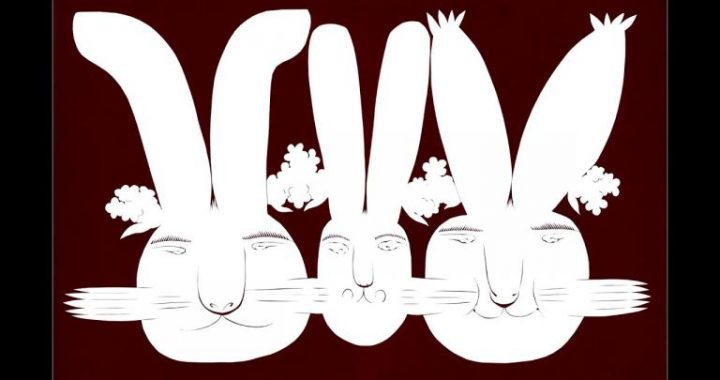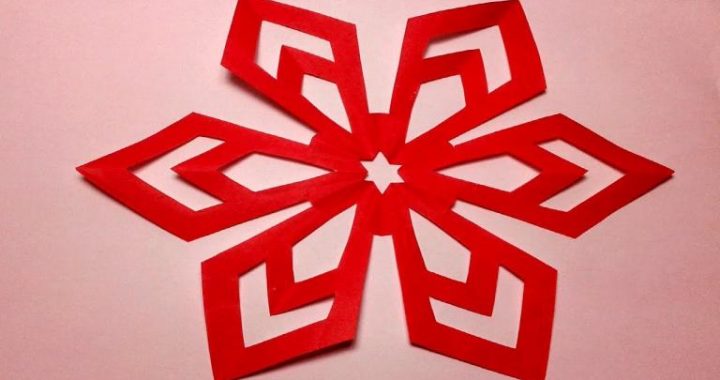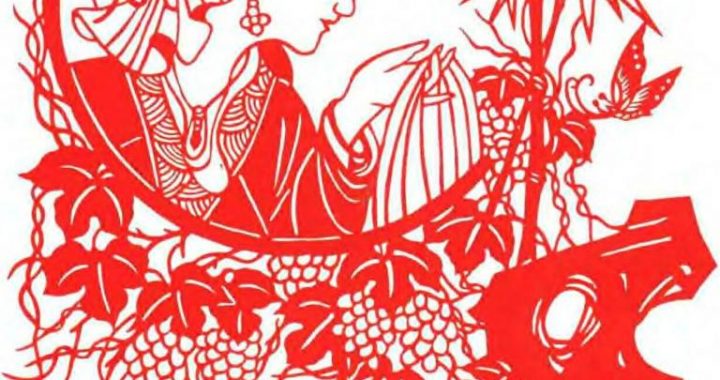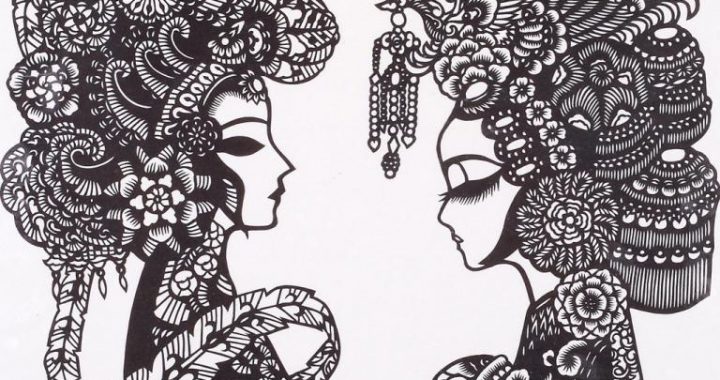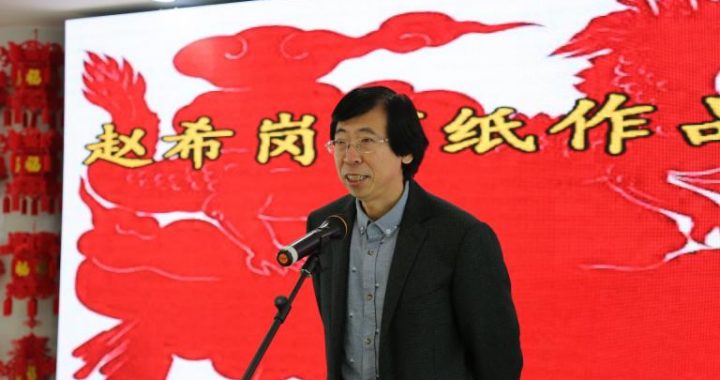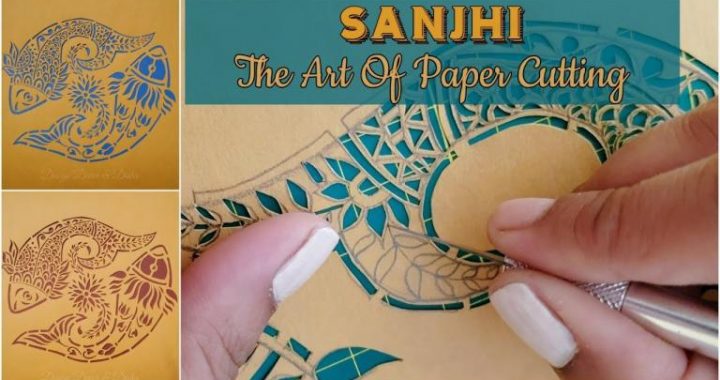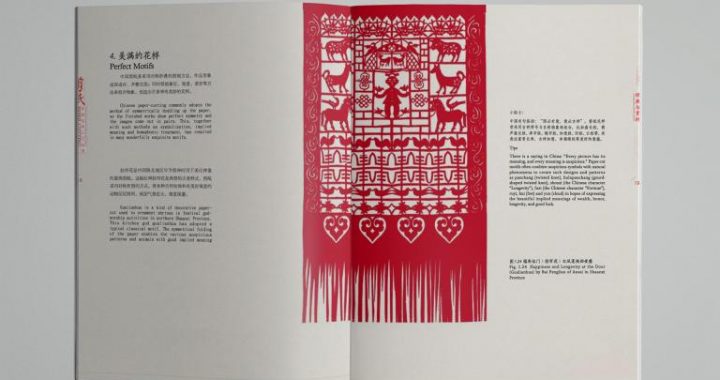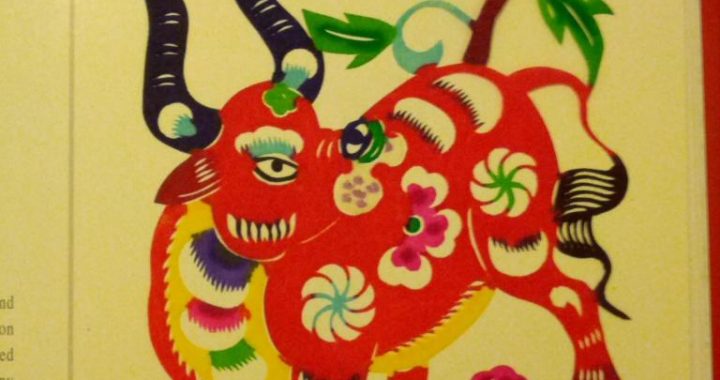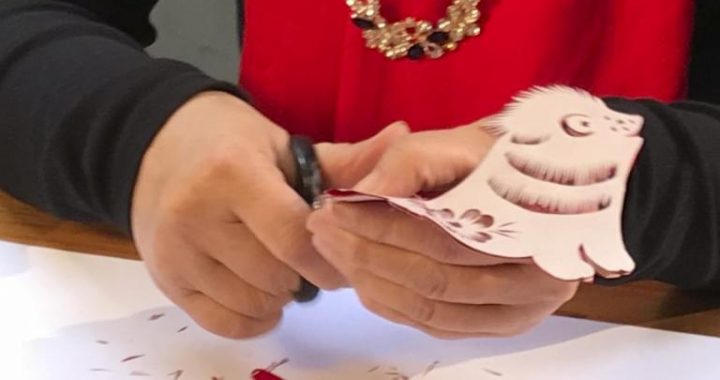THE STRUCTURE OF CHINESE FOLK ART
4 min readChinese folk art is vastly different from Western traditional art in philosophy concept, art structure and form, and color composition.
Philosophy Concept
Chinese folk art and the art of Chinese officialdom and professional artists share the same philosophy base. They are rooted in the same comprehension that heaven and human, objects and subjects are of one entity; and they are based on the same cosmic ontology. However, folk art is a continuation of the original Chinese philosophy, a straightforward display of this philosophy; whereas the art of the literati and officialdom only draws from its concept to express personal feelings of the artists.

Rural female laborers are among the main creators of Chinese folk art, especially in categories such as paper-cut. In my observation of their entire process of creative art, they were indeed expressing their understandir of the universe through art works, using a language from the original mode of philosophical symbols. That is a common nature of all communal art. The individuali of their art work lies in the variance of the symbols and codes related with their national identity and geographical region;
their emotional temperament and the cultural attainment of the creator, and the art form and language they choose. Folk art is a kind of personalized art. The common nature of folk art is displayed through individual art works.
A painting of motionless carp by 19th-century French impressionist artist Edward Marne Chinese artist Li Kuchan’s work expressing personal emotion from the story ‘Joy on the water bank to reveal the true feeling in the love world, and pursue the romantic idea’ recorded in’The Autumn Water’ of Zhuang Zi.
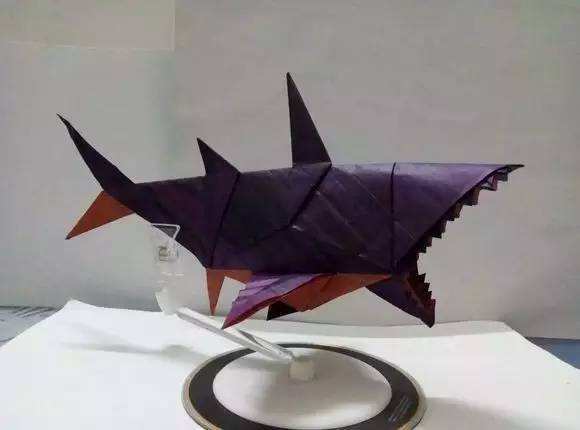
Take fish for example, according to ancient Greek philosophy, which is the base of Western philosophy, “art is a mirror image of nature; “(Heraclitus)”artist’s skill depicting visual objects. “(Aristotle) Under that theory, the goal of an artist is to copy the objective natural world, and the best lifelike imitation would be the ultimate achievement in art. Therefore, the art is about studying the structure and the color pattern of natural objects; judging their physical existence in terms of quality, quantity and space. To draw a fish for the best imitation, it would have to pull the fish out of the water and place it in a basket in order to convey that feel of quality, quantity and space, even the smell. This is what they call”motionless object.” This theory of creative art is determined by the philosophy that fish and human are two separate entities, and the nature and the society are opposite worlds. This actually has been the philosophical and aesthetical base of western art for over 2,000 years.
Folk paper-cut “Eight diagrams fish’ implying yin-yang view and perpetual life.
On the other hand, Chinese philosophy and art structure is the unity of nature and human and integration of objects and ego (subjects). To Chinese artists, I am the fish and the fish is me. If I paint a fish swimming care-free in the water, it is a way to express my own care-free state of mind. This was the same philosophy invoked by the Chinese philosopher Zhuang Zi in “The Autumn Water” of Zhuang Zi. Looking at fish by a pond with a friend, Zhuang Zi said to his friend, “The fish swimming in the water are so happy.” The friend replied,”Not fish yourself, how would you know?””not being me, how do you know that I don’t know?”claimed Zhuang Zi. The philosophy based on Confucian and Taoist theory to speak one’s mind and convey one’s emotion through an object, is the philosophical and aesthetical base of Chinese traditional art, and a technique in freehand art work. Different from the theory of Western art,
Chinese paintings are generally focused on bringing out the theme of the objects regardless of being a realistic painting or a freehand brushwork.
In the eyes of folk art creators, fish is a cultural symbol that produces life through mating of yin-yang fish. In art form, it appears in pairs. Propagation is to continue life from generation to generation till eternity, which happens in a revolving pattern.
Therefore, the art form is “Two spinning fish. The”Eight diagrams fish, “with two fish on a plate towards opposite directions implies that mother’s body of the universe (the plate) contains yin-yang air. The interaction of the two produces life, and, through propagation, life goes on for ever. The “Buckled bowl,” a bowl bottom upward, is a philosophy symbol. The upper lid symbolizes the sky, and the lower dish is earth, representing the blurry mother’s body of the universe before the separation of earth from heaven; yin from yang. One can be separated into two, and two combined in one.
In some art works, the lid opens up with a fish coming out, an implication of life being produced through unification of yin-yang.
